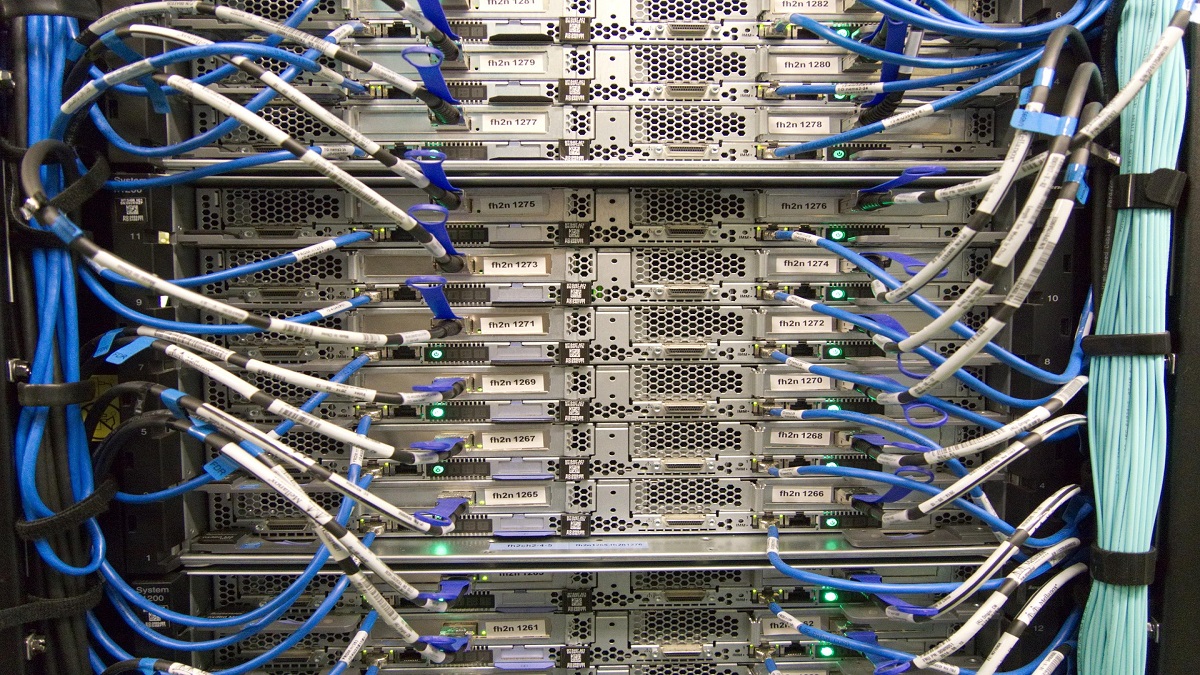Meta to pour billions into AI infrastructure
BY Insider Desk
July 15, 2025

Meta is set to invest hundreds of billions of dollars in building a vast network of artificial intelligence data centres, as part of an aggressive push to dominate the next era of computing.
Chief Executive Mark Zuckerberg announced that two flagship facilities—Prometheus and Hyperion—will form the backbone of this expansion, with the latter projected to scale up to 5 gigawatts in capacity.
The massive infrastructure projects will be funded by Meta’s $165 billion advertising business. Some of the centres, Zuckerberg noted, will span areas comparable to the size of Manhattan, underlining the scale of the company’s AI ambitions.
The new data centres are part of a broader restructuring of Meta’s AI operations, now consolidated under the newly established ‘Superintelligence Labs’. The division is being led by Alexandr Wang, the former CEO of Scale AI, a data-labelling company in which Meta recently invested $14.3 billion.
While Meta already employs AI to enhance services such as ad targeting, the current round of investments is aimed at building long-term, frontier-level capabilities in superintelligent systems.
The move places Meta in direct competition with OpenAI, backed by Microsoft, and Google DeepMind, both of which are advancing their own foundational AI research.
The company has raised its 2025 budget to between $64 billion and $72 billion to support this effort, reflecting a strategic shift towards what Zuckerberg has called a “computing paradigm” driven by artificial intelligence.
Analysts view the initiative as part of a broader industry effort to develop and control the infrastructure necessary for next-generation AI models. The stakes are high: the company’s open-source Behemoth model, once a symbol of transparency, is now under review, with internal discussions suggesting a potential move towards a more closed model architecture. This mirrors broader debates in the AI community over the risks and benefits of open versus proprietary AI systems.
Tags:
Most Read
You May Also Like